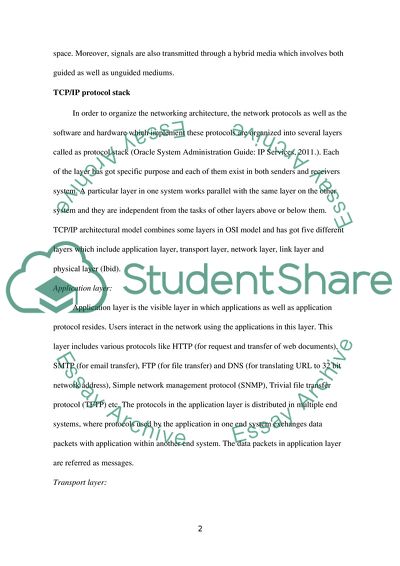Cite this document
(How Packet Data Travels through the Networks Case Study Example | Topics and Well Written Essays - 2000 words, n.d.)
How Packet Data Travels through the Networks Case Study Example | Topics and Well Written Essays - 2000 words. https://studentshare.org/information-technology/1827721-networking-principles
How Packet Data Travels through the Networks Case Study Example | Topics and Well Written Essays - 2000 words. https://studentshare.org/information-technology/1827721-networking-principles
(How Packet Data Travels through the Networks Case Study Example | Topics and Well Written Essays - 2000 Words)
How Packet Data Travels through the Networks Case Study Example | Topics and Well Written Essays - 2000 Words. https://studentshare.org/information-technology/1827721-networking-principles.
How Packet Data Travels through the Networks Case Study Example | Topics and Well Written Essays - 2000 Words. https://studentshare.org/information-technology/1827721-networking-principles.
“How Packet Data Travels through the Networks Case Study Example | Topics and Well Written Essays - 2000 Words”. https://studentshare.org/information-technology/1827721-networking-principles.


